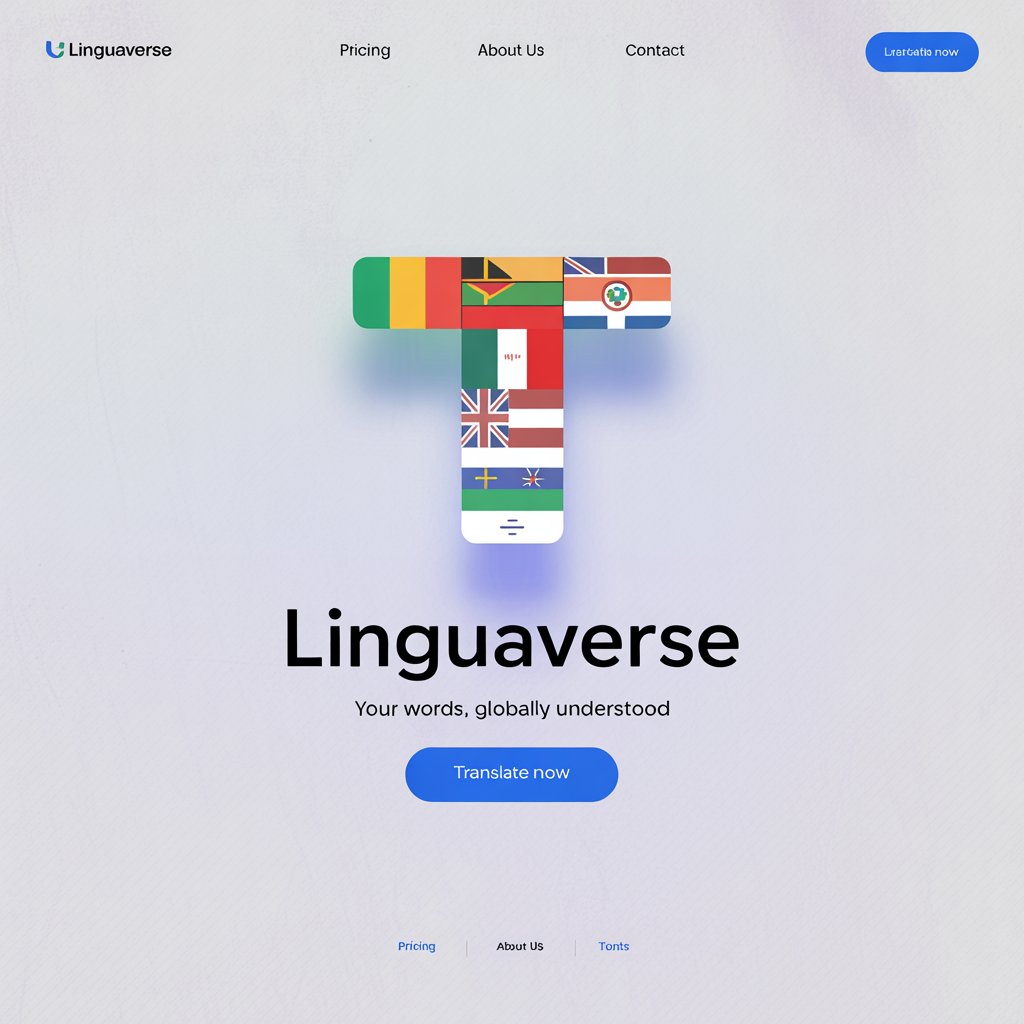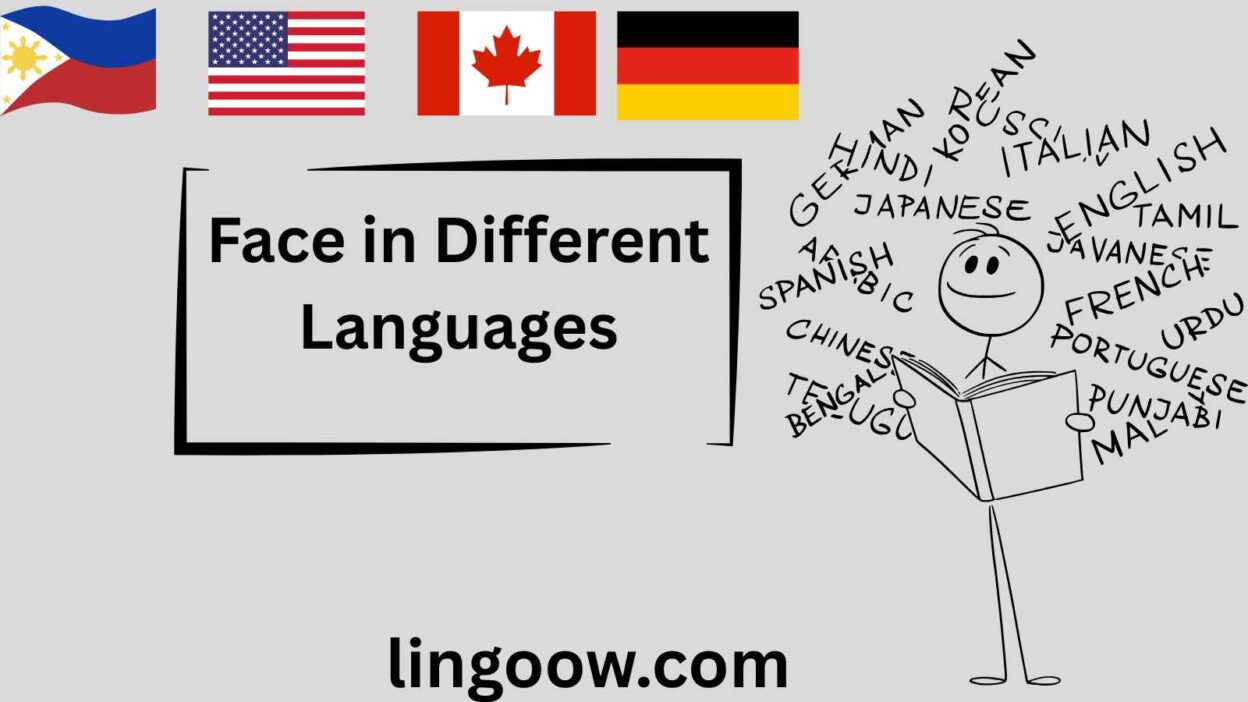Introduction
The human face is a canvas of stories, a mirror of emotions, and a universal symbol of identity. I remember watching my grandmother’s face light up as she recounted tales of her childhood in a small village, her eyes crinkling with joy and her smile etched with years of wisdom. It struck me how her face, like billions of others, tells a story that transcends borders and languages. The word “face” carries profound weight across cultures—it’s not just a part of the body but a gateway to connection, expression, and humanity. In every corner of the world, the concept of “face” holds cultural, emotional, and even spiritual significance, yet it’s expressed in beautifully diverse ways. This blog post dives into how the word “face” is articulated across languages and cultures, weaving a universal thread of what it means to be human.
Reference Table: The Word “Face” Across Languages
Below is a table showcasing how “face” is expressed in 15 languages, with insights into their cultural or linguistic significance.
| Language | Word for “Face” | Cultural/Linguistic Insight |
|---|---|---|
| French | Visage | Evokes elegance, often tied to expressions of beauty or emotion in art and literature. |
| Spanish | Rostro | Used in poetic contexts, symbolizing identity and emotion in Latin American storytelling. |
| Italian | Volto | Associated with Renaissance art, where the face was a focal point of human expression. |
| German | Gesicht | Conveys not just the physical face but also perception, as in “to face” a situation. |
| Mandarin | Liǎn (脸) | Tied to the concept of “saving face,” reflecting social honor and reputation in Chinese culture. |
| Hindi | Chehra | Often used in Bollywood songs, symbolizing beauty, love, and emotional vulnerability. |
| Japanese | Kao (顔) | Deeply tied to cultural concepts of honor and expression, as in “losing face.” |
| Korean | Eolgul (얼굴) | Used in K-dramas to convey emotions, often linked to beauty standards and social harmony. |
| Arabic | Wajh (وجه) | Symbolizes dignity and is used in religious contexts to describe divine encounters. |
| Swahili | Uso | Reflects community and openness, often used in greetings and storytelling in East Africa. |
| Zulu | Ubuso | Represents identity and ancestry, often emphasized in oral traditions and ceremonies. |
| Yoruba | Oju | Carries spiritual weight, seen as the “window to the soul” in Nigerian Yoruba culture. |
| Maori | Kanohi | Central to identity in Maori culture, where facial tattoos (ta moko) tell personal stories. |
| Hawaiian | Maka | Linked to vision and perception, symbolizing connection to the land and ancestors. |
| Cherokee | Adanvdo | Represents the heart and spirit, tying the face to inner character in Cherokee beliefs. |
European Languages
In Europe, the word for “face” reflects both linguistic diversity and shared cultural values. In French, visage is a word steeped in romance, often used in literature to describe the delicate features of a loved one or the stern countenance of a historical figure. The French view the face as a canvas for emotion, evident in their art and cinema. In Spanish, rostro carries a poetic weight, frequently appearing in Latin American literature to signify identity or vulnerability, as in Gabriel García Márquez’s vivid descriptions of characters’ faces. Italian volto evokes the Renaissance, where artists like Leonardo da Vinci obsessed over capturing the soul through facial expressions. In German, Gesicht is pragmatic yet profound, often tied to the idea of “facing” challenges, blending the physical and metaphorical. These languages share a reverence for the face as a marker of individuality, yet each culture emphasizes different aspects—beauty in French, storytelling in Spanish, art in Italian, and resilience in German.
Asian Languages
Asia’s linguistic diversity offers a rich tapestry of words for “face,” each imbued with cultural nuance. In Mandarin, liǎn (脸) is inseparable from the concept of “saving face,” a social principle emphasizing dignity and respect in Chinese culture. Losing face can be a profound personal and communal loss. In Hindi, chehra is a poetic term, often romanticized in Bollywood films and Urdu poetry, where the face is a metaphor for love and longing. Japanese kao (顔) carries similar weight to Mandarin, with phrases like “kao o tateru” (to raise one’s face) symbolizing pride and honor. In Korean, eolgul (얼굴) is central to beauty standards, with K-pop and K-dramas elevating the face as a symbol of perfection and emotional depth. In Arabic, spoken across over 20 countries like Egypt, Saudi Arabia, and Morocco, wajh (وجه) holds spiritual significance, often linked to divine descriptions in the Quran, where the face of God is a metaphor for ultimate truth. These languages reflect Asia’s blend of collectivism, spirituality, and aesthetic appreciation.
African Languages
Africa’s linguistic landscape is as diverse as its cultures, and the word for “face” carries deep communal and spiritual meanings. In Swahili, spoken in over 20 countries like Kenya, Tanzania, and Uganda, uso is a term of connection, used in greetings to acknowledge another’s presence and humanity. In Zulu, prevalent in South Africa, ubuso is tied to identity and ancestry, often invoked during rituals to honor lineage. Yoruba, spoken in Nigeria and Benin, uses oju to signify the face as a spiritual gateway, believed to reflect one’s inner character and divine essence. Other languages, like Amharic (fīt in Ethiopia) and Hausa (fuska in Nigeria), emphasize the face as a symbol of community and respect. Across African cultures, the face is more than physical—it’s a bridge to heritage, spirituality, and social bonds.
Indigenous & Island Languages
Indigenous and island languages offer unique perspectives on the concept of “face.” In Maori, spoken in New Zealand, kanohi is deeply tied to identity, with facial tattoos (ta moko) serving as visual narratives of ancestry and status. In Hawaiian, maka connects the face to vision and perception, reflecting the Hawaiian value of connection to nature and ancestors. Cherokee, spoken in parts of the United States, uses adanvdo to link the face to the heart and spirit, emphasizing inner truth over external appearance. Samoan, spoken in Samoa and American Samoa, uses foliga to denote the face as a symbol of family and community pride. These languages, spoken across diverse regions like Australia, the Pacific Islands, and the Americas, highlight the face as a marker of cultural identity and storytelling, often tied to oral traditions and communal values.
Cultural Insights
The word “face” has evolved over centuries, shaped by cultural, religious, and historical contexts. In ancient Egypt, the face was central to art, with pharaohs’ visages carved into stone to symbolize divine power. In Chinese philosophy, the concept of “face” as social currency dates back to Confucian teachings, emphasizing harmony and respect. In European medieval art, the face was a focal point for depicting saints and nobility, reflecting divine favor. In many African cultures, the face is a canvas for tribal markings or adornments, signifying belonging and status. Across religions, the face holds spiritual weight—Islam describes the face of God as a metaphor for divine presence, while Hinduism associates the face with deities like Krishna, whose visage inspires devotion. These historical roots show how the face has always been more than physical; it’s a symbol of identity, honor, and connection across civilizations.
Proverbs and Sayings
The concept of “face” appears in proverbs and sayings worldwide, reflecting its universal significance:
- Chinese: “A man needs face like a tree needs bark.” (Honor is essential to one’s identity.)
- Spanish: “La cara es el espejo del alma.” (The face is the mirror of the soul.)
- Yoruba: “Oju ni oju, ọkan ni ọkan.” (The face is the face, but the heart is the heart—appearance can deceive.)
- Japanese: “Kao wa kokoro no kagami.” (The face is the mirror of the heart.)
- Swahili: “Uso ni uso, moyo ni moyo.” (Face to face, heart to heart—emphasizing genuine connection.) These sayings highlight the face’s role as a reflection of inner truth, honor, or deception, resonating across cultures.
FAQs
Why does the word for “face” sound similar in many languages?
Linguistic similarities often stem from shared roots in language families, like Indo-European (visage in French, volto in Italian) or cultural exchanges through trade and conquest. However, unique terms like liǎn or kanohi reflect distinct cultural identities.
What is the oldest known usage of the word “face”?
The concept of “face” appears in ancient texts, like Egyptian hieroglyphs (circa 3000 BCE) and Sanskrit writings, where it symbolized identity or divine presence. Exact origins vary by language.
How do cultural differences affect the expression of “face”?
In collectivist cultures like China, “face” is tied to social harmony, while in individualistic cultures like France, it’s more about personal expression. In indigenous cultures, facial markings often signify communal roles.
Conclusion
The word “face” is a universal thread, weaving through languages and cultures to tell the story of humanity. Whether it’s visage in a French poem, liǎn in a Chinese proverb, or kanohi in a Maori tattoo, the face is a symbol of identity, emotion, and connection. Its power lies in its ability to transcend borders while carrying the unique imprint of each culture. I invite you to reflect on how the word “face” resonates in your language or culture. Share your stories, proverbs, or experiences in the comments below—let’s celebrate the beauty of our shared humanity!




